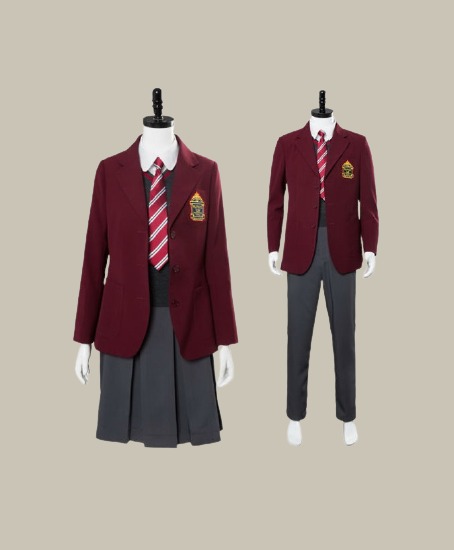Stamp: Nurse, Sailor, Soldier, and Aviator (Australia 1940)
Nurse, Sailor, Soldier, and Aviator (Australia 1940)
15 July (Australia ) within release Imperial Forces goes into circulation Stamp Nurse, Sailor, Soldier, and Aviator face value 1 Australian penny
| Stamp Nurse, Sailor, Soldier, and Aviator in catalogues | |
|---|---|
| Michel: | Mi:AU 156 |
| Stanley Gibbons: | Sg:AU 196 |
Stamp is vertical format.
Also in the issue Imperial Forces:
- Stamp - Nurse, Sailor, Soldier, and Aviator face value 1;
- Stamp - Nurse, Sailor, Soldier, and Aviator face value 2;
- Stamp - Nurse, Sailor, Soldier, and Aviator face value 3;
- Stamp - Nurse, Sailor, Soldier, and Aviator face value 6;
Stamp Nurse, Sailor, Soldier, and Aviator it reflects the thematic directions:
A uniform is a variety of costume worn by members of an organization while usually participating in that organization's activity. Modern uniforms are most often worn by armed forces and paramilitary organizations such as police, emergency services, security guards, in some workplaces and schools, and by inmates in prisons. In some countries, some other officials also wear uniforms in their duties; such is the case of the Commissioned Corps of the United States Public Health Service or the French prefects. For some organizations, such as police, it may be illegal for non-members to wear the uniform.
An aircraft pilot or aviator is a person who controls the flight of an aircraft by operating its directional flight controls. Some other aircrew members, such as navigators or flight engineers, are also considered aviators because they are involved in operating the aircraft's navigation and engine systems. Other aircrew members, such as drone operators, flight attendants, mechanics and ground crew, are not classified as aviators.
Aviation is the practical aspect or art of aeronautics, being the design, development, production, operation and use of aircraft, especially heavier than air aircraft. The word aviation was coined by French writer and former naval officer Gabriel La Landelle in 1863, from the verb avier (synonymous flying), itself derived from the Latin word avis ("bird") and the suffix -ation.



